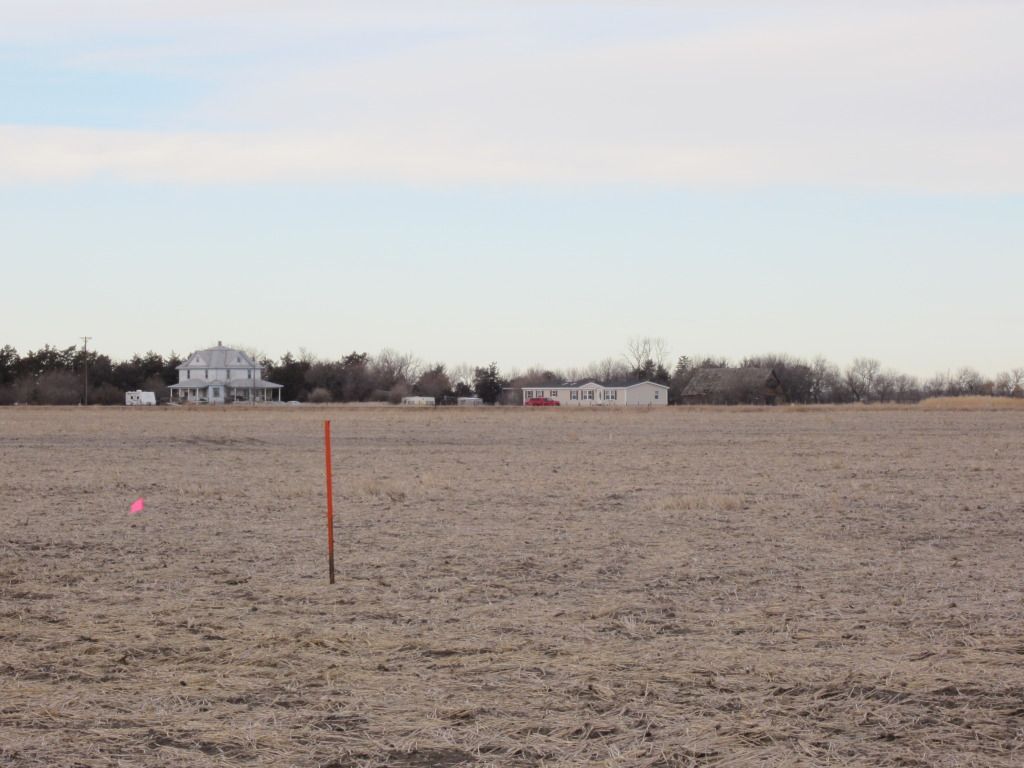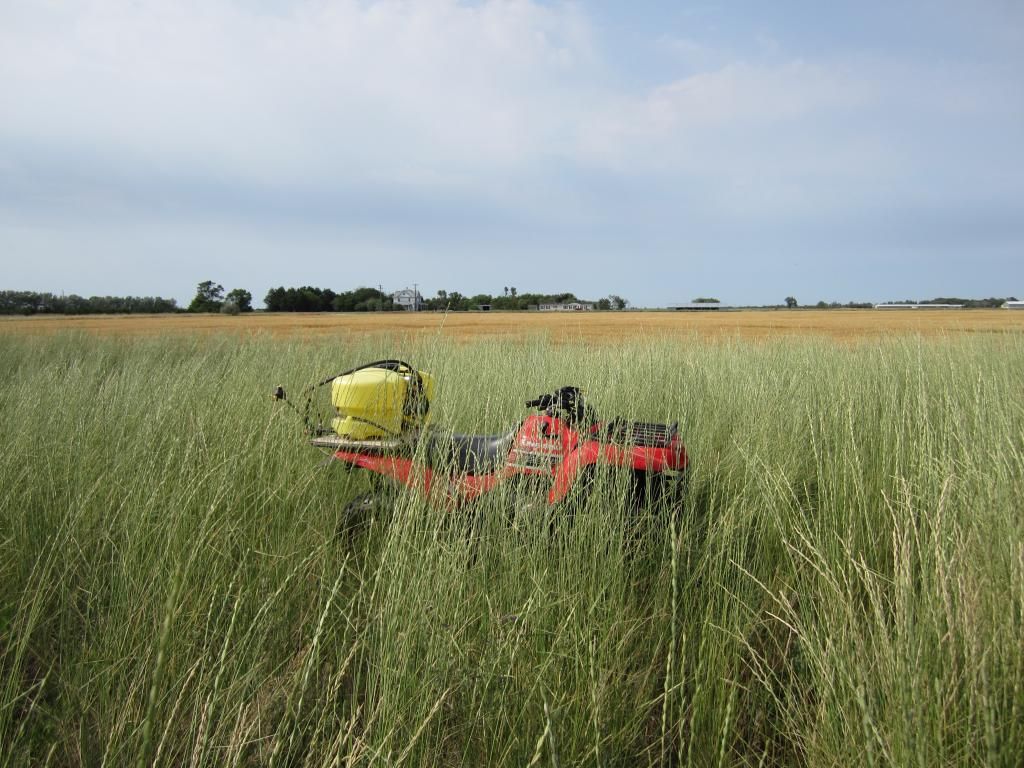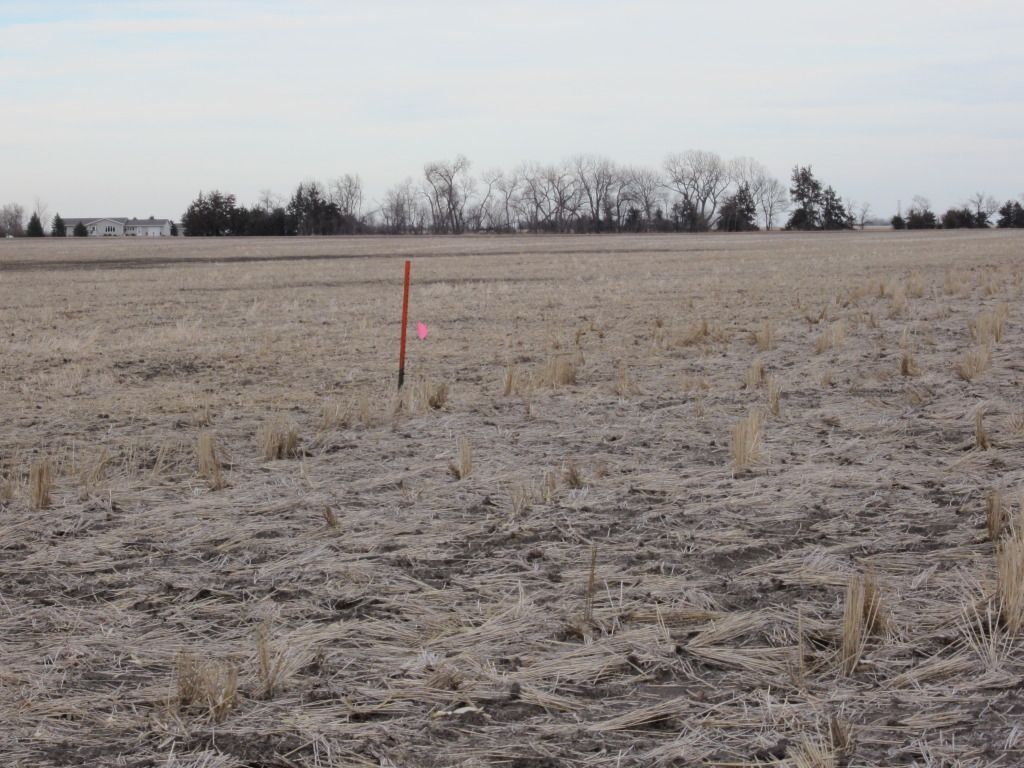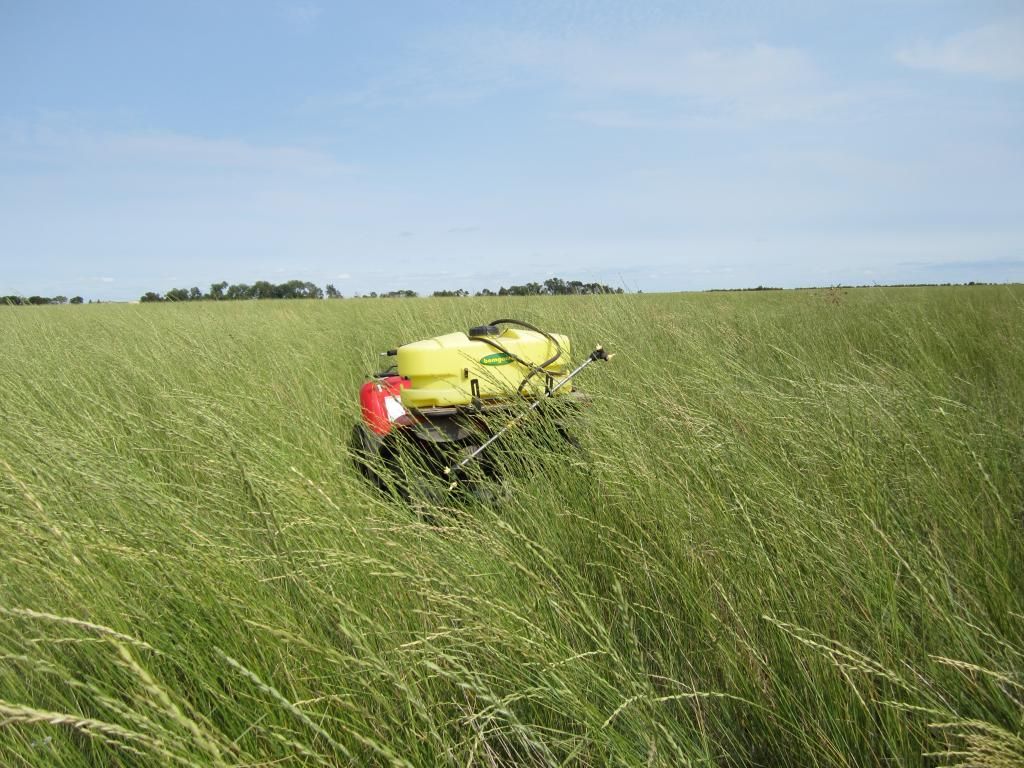You are using an out of date browser. It may not display this or other websites correctly.
You should upgrade or use an alternative browser.
You should upgrade or use an alternative browser.
Results
- Thread starter SDJIM
- Start date
captaincoot
Banned
Looks like we shop for the same stuff. I have the same atv and sprayer my boom is alittle better You have come a long way since 2012:thumbsup:
You have come a long way since 2012:thumbsup:
Prairie Drifter
Well-known member
More Better! You've made a lot of progress. If you can hide an ATV, you might hide a rooster
mnmthunting
Banned
Looks great! Hope they don't talk you into baling and burning. 
SDJIM
New member
Looks great! Hope they don't talk you into baling and burning.
Over my dead body.
SDJIM
New member
Thanks for the encouraging comments--it will be fun to see how the birds use it when all the crops are in. The winter wheat that surrounds it is being harvested right now and there is wheat to the south and corn east and west with beans to the north, there is also a 5 row wind break with a CP-33 grass buffer between it and corn to the west and a CP-33 grass buffer at the field edge to the south. That is 35 acres of CRP habitat in that quarter section (160 Acres).  :thumbsup:
:thumbsup:
mnmthunting
Banned
The mix was:
1. Rosawa Western Wheatgrass
2. Alkar Tall Wheatgrass
Simple and easy--expensive but turned out really good. :thumbsup:
Wheatgrass is the thing for pheasants, little heirloom alfalfa mixed in makes it even a bit better. More protein, more bugs, more canopy, more Winter cover = more roosters to hunt.
You REALLY are doing GOOD though.
Probably the best I've seen on UPH, Those working our public areas should pay attention. :cheers:
Prairie Drifter
Well-known member
The mix was:
1. Rosawa Western Wheatgrass
2. Alkar Tall Wheatgrass
Simple and easy--expensive but turned out really good. :thumbsup:
For those reading that might not understand, neither of these species of grass are Native Warm Season Grasses (NWSG) and would, therefore, not be recommended for a normal burning rotation.
small munsterlander owner
Banned
very very nice work jim the b4 and after pics really tell the story!!! sounds like pheasant heavan to me!!!
SDJIM
New member
For those reading that might not understand, neither of these species of grass are Native Warm Season Grasses (NWSG) and would, therefore, not be recommended for a normal burning rotation.
I'm no expert for sure but the planting was a saline reduction plot and I just went with what the NRCS chose for the planting. I'm very happy with the results.
So just what is a normal burning rotation? I have a problem with burning at my location as I'm right in the final approach to the local airport and only 1/2 to 1 mile out.
Prairie Drifter
Well-known member
In Kansas, the location would probably make burning very hard as you cannot drift smoke over an airport. I guess "normal" burning rotations are site-by-site specific. Also, they are somewhat a function of your goals with the vegetation. In areas with higher rainfall, the rotation is shorter. In more xeric climates, it is much, much longer. It is somewhat unique to NWSG grasslands as those plants evolved under the influences of fire and grazing and the growth points of the plants are below ground where they are protected from the fire effects. I'm sorry that is not a more specific answer, but I would have to include the site specific information as well as the owner's goals in order to come up with the ultimate plan. Here, a 4 year rotation is about right. In wet periods, it could be shortened to 3. In dry periods, it could be more. What level your woody succession is at and what your goals are for the cover might result in you burning 2-3 years in a row or waiting 8 years before the next fire. How you graze or hay will also influence your rotation. They normally extend the rotation if done properly. On the same site, your rotation might differ depending upon whether your priority was game, cattle, hay, or winter calving. There are many factors to consider. You have to realize that, in the year of the burn, your soil will be exposed to higher temperatures and wind effects that will make the site more xeric. In that same year, the site will have almost 100% solar harvest. This will only decrease in subsequent years as thatch increases and intercepts some of that solar potential.
SDJIM
New member
In SD there is a lot less burning than in KS. I lived in Topeka for 10 yrs and was amazed at all the burning that went on there. I have looked at the plan for my CRP and I can burn once on ten yr contracts and twice on 15 yr plans, it is an option along with cut bale and destroy the bales(stupid requirement). All the habitat I have is USDA CRP except for 40 acres(near the airport and 3 homes) so I really don't want to play with fire on it. I am going to look into burning a 35 acre plot when it is due it's mid-term work 2 yrs from now.
Prairie Drifter
Well-known member
If you can check the conditions well and find a period with several days of same direction legal wind, you could burn with a back fire on the sites near the airport and minimize the smoke that you make by spreading it out over a longer time period. You want to make sure a significant mixing height is available and transport winds will take the smoke away. Breaking the patch up into smaller units would also make it more plausible. If you can do that, you might be able to spread your burn over several years, reducing your smoke to a manageable unit.
Uncle Buck
New member
Good work!




